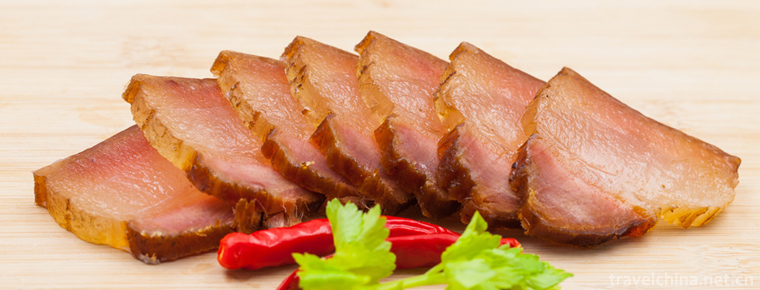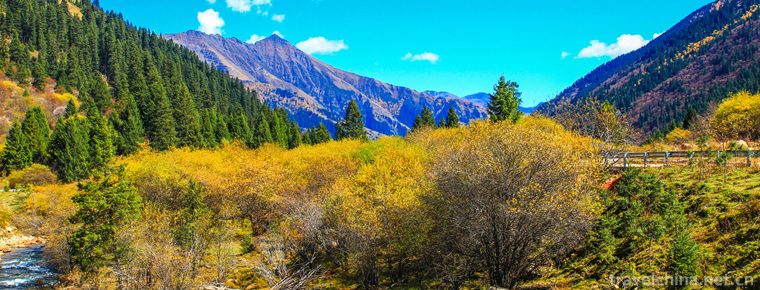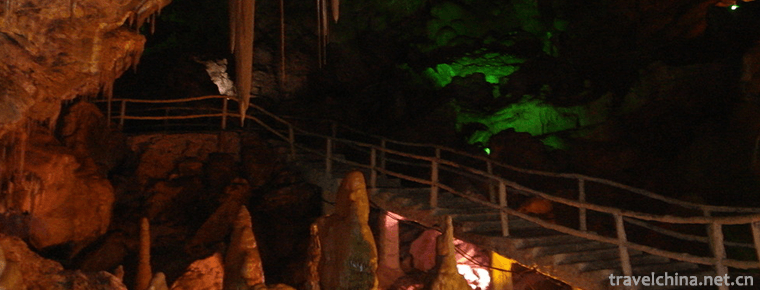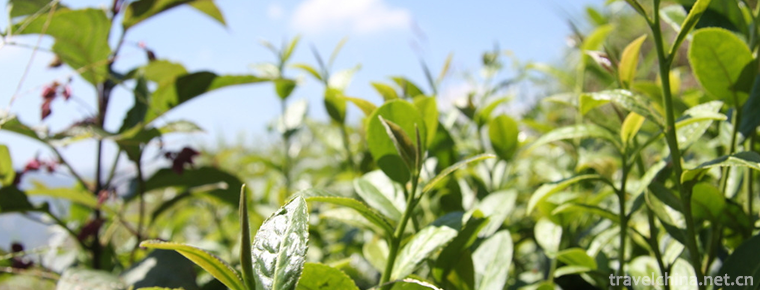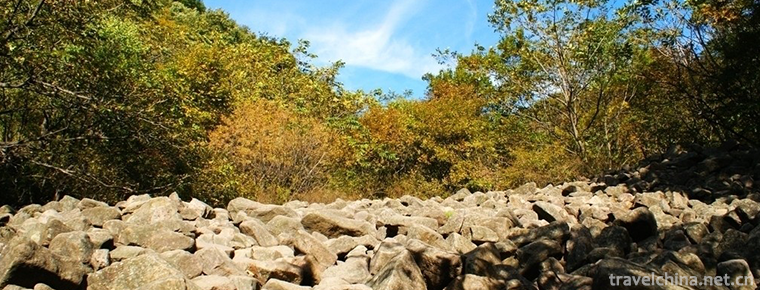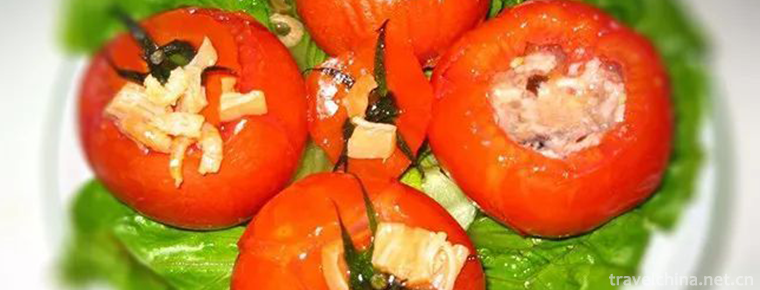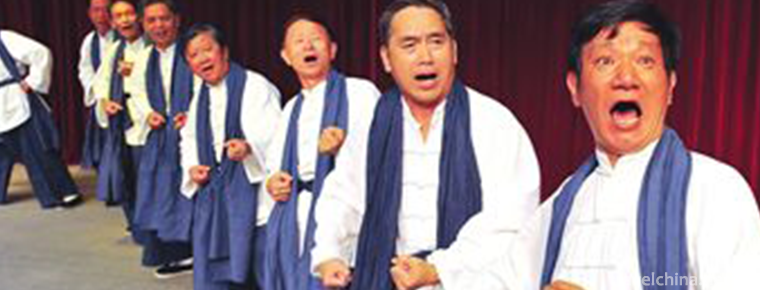Kuan and Zhai Alley
Located near Changshun Street, Qingyang District, Chengdu City, Sichuan Province, wide and narrow alleys, consisting of wide alleys, narrow alleys and well alleys arranged in parallel, are all quadrangle courtyards of Qingdai bricks and tiles. This is also a relatively large-scale ancient street left over from Chengdu, and is called Chengdu's three historic and cultural cities together with Daci Temple and Wenshu Yuan. Protect the block.

In the fifty-seventh year of Emperor Kangxi (1718), after the settlement of the Zhungeer Rebellion, more than a thousand soldiers were selected to stay in Chengdu and the Manchurian city was built on the basis of the small city of that year. In the early years of the Republic of China, the urban administrators at that time changed the "alley" into "alley". In 80s twentieth Century, Kuan Alley and Zhai Alley was included in the "conservation planning of historic and cultural cities in Chengdu". In 2003, the Kuan Alley and Zhai Alley block appeared in the dictionary of the world.

The wide and narrow lane is a national AA-class tourist attraction, and has been awarded the titles of "Commercial Pedestrian Street with Chinese Characteristics" in 2009, Sichuan Historical and Cultural Street, Chengdu New Ten Scenic Spots in 2011, and Sichuan Top Ten Most Beautiful Streets

In the fifty-seventh year of Emperor Kangxi (1718 AD), after the settlement of the Zhungeer Rebellion, more than a thousand soldiers were chosen to stay in Chengdu and the Manchurian city was built on the basis of the younger cities of that year. In the Qing Dynasty, only the eight banners of Manchuria and Mongolia lived in Manchuria. After the fall of Manchuria, Manchuria was no longer a forbidden area. People could enter and leave freely. Some foreign businessmen took the opportunity to open pawnshops near Manchuria and bought a large number of flag houses. It formed the unique pattern of the descendants of the banners, the dignitaries and the merchants who lived together with the city. The wide alley here is called Xingren Hutong, the narrow alley is called Taiping Hutong, and the well alley is called Ruyi Hutong (Mingde Hutong).

After the Revolution of 1911, Zhao Erfeng, the governor of the Qing Dynasty, surrendered power and dismantled the walls of the few cities. Some high-ranking officials came here to build mansions and houses for the people and took office on the right. Tian Songyao, Li Jiayu, Yang Sen, Liu Wenhui and others settled here successively. Chiang Kai-shek also came here to preserve these ancient buildings. In the early years of the Republic of China, the urban administrators at that time changed the "alley" into "alley".

In the thirty-seventh year of the Republic of China (1948), in a city survey, it was said that the staff at that time, after measuring, labeled the wider lane as "wide lane", the narrower one was "narrow lane", and the one with a well was "well lane".

After the founding of the People's Republic of China, the houses were allocated to nearby state-owned units for the placement of workers, and the houses were redistributed during the Cultural Revolution.

In 1980s, Kuan Alley and Zhai Alley was included in the conservation planning of the historic and cultural city of Chengdu.

In 2003, the main reconstruction project of the wide and narrow alleyway historical and cultural area in Chengdu was established. On the basis of protecting the real buildings in old Chengdu, a compound cultural and commercial street with tourism and leisure as the main part, distinct regional characteristics and strong Bashu cultural atmosphere was formed, and finally the connotation of "old Chengdu negatives, NEW urban living room" was created. The "Tianfu little city", the Kuan Alley and Zhai Alley block appeared in the dictionary of the world.

In 2005, the reconstruction of the wide and narrow neighborhoods started.

On June 14, 2008 (the third Chinese Cultural Heritage Day), the wide and narrow alleys were opened to the public as a landmark event in Chengdu's tourism recovery after the earthquake.

More pic












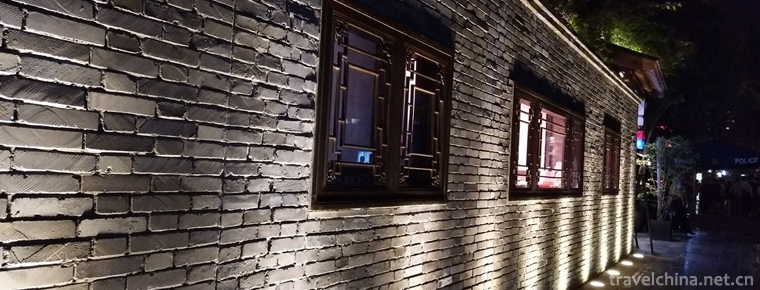
-
Chinese bacon
Bacon refers to processed meat processed by salting and then baked....
Views: 157 Time 2018-10-12 -
Aba Tibetan and Qiang Autonomous Prefecture
abbreviated as Aba Prefecture, is a national autonomous prefecture in Sichuan Province.
Views: 300 Time 2018-10-13 -
Tianshan Tianchi Scenic Area
Tianchi Mountain: World Natural Heritage, National AAAAA Class Tourist Scenic Spot, National Geopark, National Key Scenic Spot, National Civilized Scenic Spot, International and Natural Biosphere Rese.
Views: 150 Time 2018-12-12 -
Wanxiang Karst Cave
Vientiane Cave, the national AAAA-level tourist attractions, provincial geological parks, provincial scenic spots and provincial cultural relics protection units.
Views: 124 Time 2018-12-17 -
Anxi Tea Grand View Garden
Anxi Tea Grand View Garden in Quanzhou, Fujian Province is located in Fengguan Mountain on the north side of Fengcheng City. It covers an area of 11 mu.
Views: 116 Time 2019-01-02 -
Limutai Natural Scenic Area
Limutai Natural Scenic Spot is located at the northernmost end of Tianjin, known as "Tianjin Arctic". In the scenic area, the peak forest and canyon are strong and dangerous.
Views: 172 Time 2019-01-29 -
Eight treasures tomato
Blanch the tomatoes with boiling water, peel them off, dig a round piece along the pedicle one week, remove the seeds and wash them. Cut all the accessories into small dices, mix shrimps and meat with.
Views: 266 Time 2019-03-25 -
Wharf song
The dock number is a traditional folk song in Shanghai. Singing in docks, cargo yards, loading and unloading, lifting, push and pull and other labor occasions. The main singing methods of wharf number.
Views: 96 Time 2019-05-16 -
Laojunshan scenic spot in Pingshan County
Laojunshan scenic spot in Pingshan County is a provincial scenic spot approved by the people's Government of Sichuan Province. It is located on the southern edge of Sichuan Basin and is located on the arc-shaped tourism line of Chengdu Emei.
Views: 162 Time 2020-10-16 -
Tourist guide to Chengdu Giant Panda Base
Chengdu Giant Panda Breeding Research Base is located in Futou mountain, north suburb of Chengdu City, Sichuan Province. It is 10 kilometers away from the urban area. There is a wide panda Avenue connecting with the urban area..
Views: 324 Time 2020-12-13 -
Luzhou transportation
By the end of 2017, the number of civil motor vehicles in Luzhou had reached 678200, an increase of 74700 over the beginning of the year. Among them, 352400 cars (including 294 tricycles and low-speed trucks), an increase of 56500, and 323700 motorcycles, an increase of 17600.
Views: 914 Time 2020-12-14 -
Neijiang science and technology
In 2019, Neijiang City completed 195 science and technology projects above the municipal level, and applied for 2509 patents and obtained 1425 authorized patents, including 456 invention patents and 90 authorized invention patents. At the end of the year, there .
Views: 121 Time 2020-12-16
